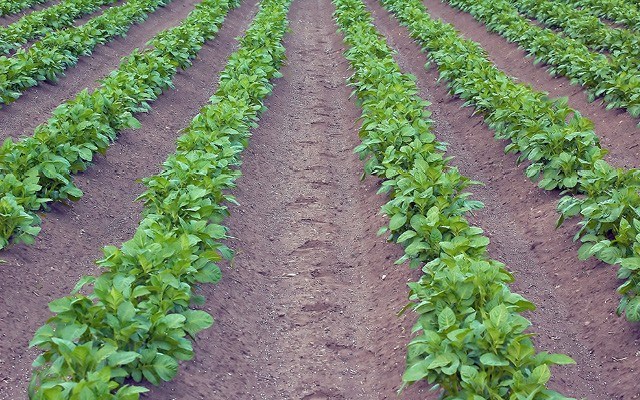The Squamish-Lilooett Regional District (SLRD), Area B, is one of the finalists for the Real Estate Foundation of BC's awards that recognize leadership, innovation and collaboration regarding sustainable land use in the province.
But Area B's plan — a collaboration between the District of Lillooet and area First Nations organizations — is the blueprint for much more: from engaging kids and youth, providing employment and generating revenue, to feeding the community and taking pride in every step along the way.
"The future's bright," said Matthew Davidson, project manager for the food security program for the T'it'q'et, one of the six St'at'imc communities that participated in the project. "It's working with the whole ecosystem. It's not just about growing food — it's about empowering people."
Davidson said some of the biggest incentives were to not only create employment — particularly for young people — but to take control of food security by growing, packaging and selling their own supplies. And from there, Davidson said, the possibilities are endless.
One example, Davidson said, is to get local daycare kids to a temporary processing facility to dry what they grow, such as fruit and vegetables. "We'd show them the process, then bring them back when food is dry, then package it in lunch-sized packages. They will basically be processing their own snacks," he said.
From growing, irrigating, processing, warehousing and selling, Davidson said some of the groundwork is underway with the renovation of a building to provide cold storage and food distribution. The last few years have seen a surge of ideas and activity, including growing produce in greenhouses, then moving toward building another greenhouse in which to propagate fruit trees and grow traditional First Nations' crops.
"We can grow some traditional blue hopi corn, which you can grind up into flour and make blue corn chips or tortillas," Davidson said.
Another example is the plan to implement a seed-to-table program where older students could acquire credit for their participation. Davidson said they would have to create an appropriate curriculum, then work toward approval from the superintendent of schools and the local school board.
SLRD Area B director Mickey Macri said the key stakeholders initially were looking into an economic-development plan, but soon realized that agriculture was what could move the concept ahead. And a crucial point was to do something that would help First Nation youth remain in the area to work.
"We needed to start looking at these lands — instead of people moving away, we want to keep them here and find jobs," he said, adding that the typical dependency on wineries and alfalfa soon morphed into other ideas for livestock and crops.
"There's other stuff out there — chickens and hogs, even hemp. Everything you can think of," said Macri.
The development of the plan also included creation of a non-profit society, the Lillooet Agriculture and Food Society, to co-ordinate the implementation of the plan.
"It's win-win," said Macri, who added this plan was years in the making with support from locals, First Nations and elected officials.
"You get pride from it," said Davidson. "The youth plant a little seed and then you watch it grow, and see how delicate a young plant is until it gets bigger and starts producing food.
"A student or youth gives that food to their parents or someone else — there's just that pride. It's like a miracle," he said with a laugh.
The 2016 Land Awards, presented in October, include eight other groups that include the public-sector, private and non-profit sector finalists.




